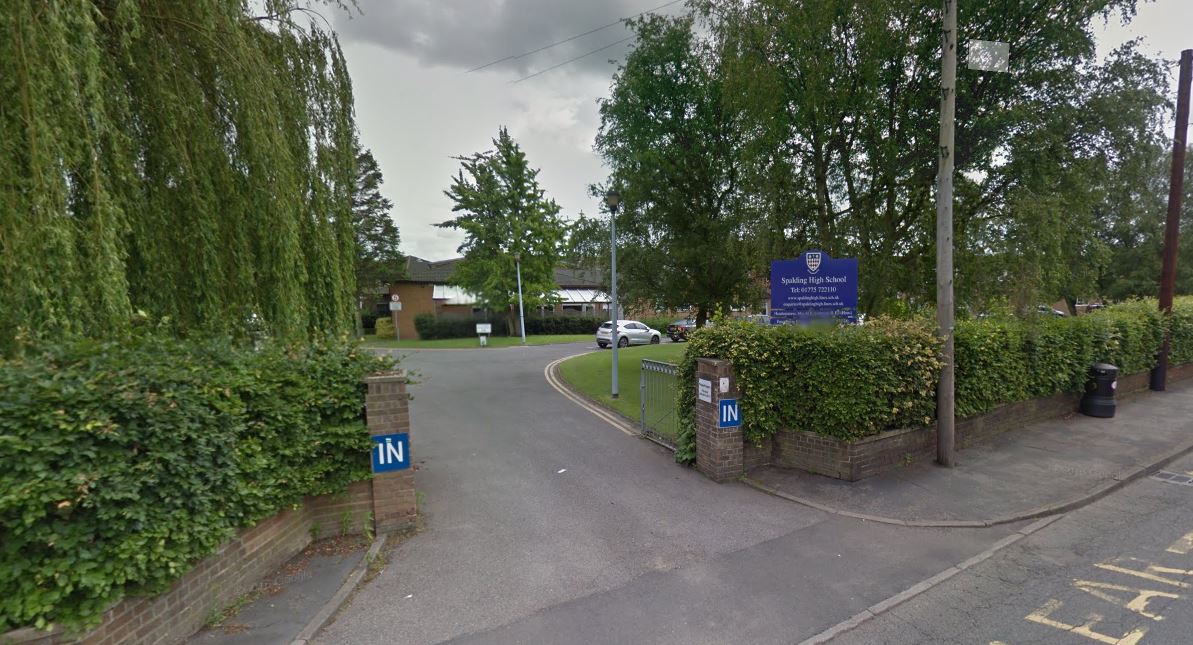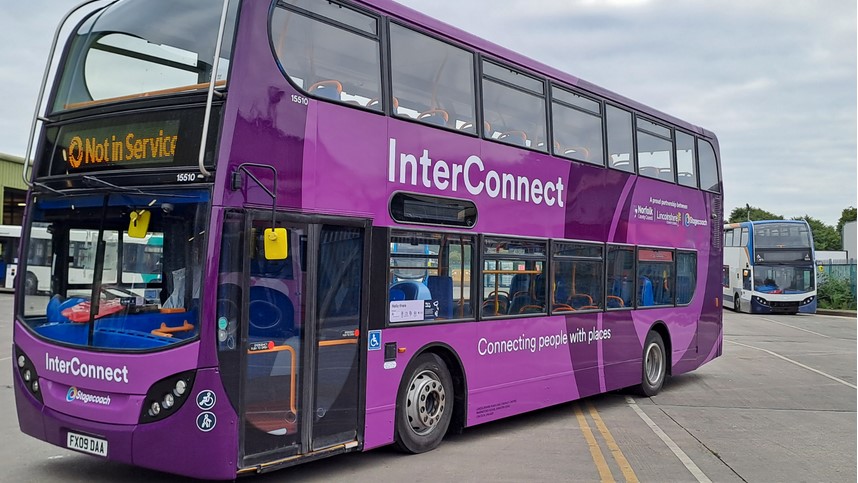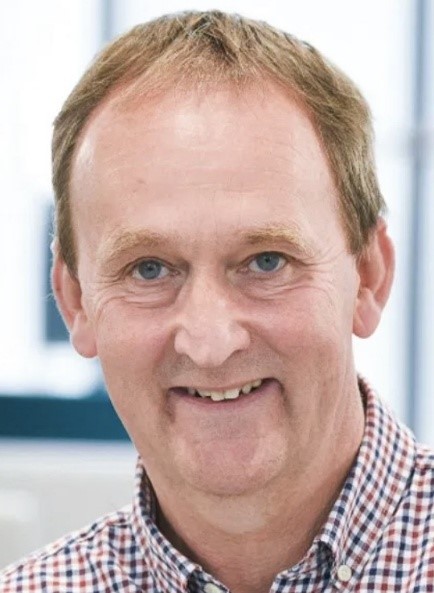John Tippler returns with some of his memories for readers to enjoy – last week he’d started a his first job in an architect’s office.
In the autumn, Mr F Bernard Saunders and I moved to our new office in The Crescent, and I acquired a new duty: fetching coal from the cellar each morning and lighting fires in the drawing office and in FBS’s separate office.
The cellar was dark, the mornings as winter came on were cold; but once the fire was going, it gave a cheer to the room unimaginable to modern office workers. What’s more, when FBS was not present, I could sneak a few minutes with my back to the fire: luxury! There were no regular tea or coffee breaks. If it were a very cold morning, Mr Fennell, the Clerk to the Council, would instruct the general office boy that he could deliver a hot drink to us; but only in the morning, and the boy would wait nearby to take away the cups when we had finished.
Soon we took delivery of a new photo-printer. FBS’s old one had been a small thing which had to be set out in the sun with master linen and photo-printing paper clamped together on top. A print from the drawing on the linen took ten or 15 minutes to produce, sometimes more. Now we needed bigger prints and many of them. (Paper sizes were defined by names such as ‘Imperial’ and ‘Double-Elephant’ – much more romantic than A0, A1, etc.) The new machine had a cast iron frame and a huge curved plate of glass against which the linen and the photo paper were held.
The parts seemed to weigh a ton as FBS and I carried them up three flights of stairs to the attic. ‘My God!’, said FBS as we struggled, ‘If this had been an American machine, it would have weighed a quarter as much.’ I spent many hours up in the attic operating the machine, with its powerful arc lamp travelling on rails from right to left in front of the plan being copied. The time was enlivened alternately by clandestine visits from one of the young secretaries and by periods gazing at the operators in the nearby telephone exchange.
In 1945 and early 1946, much of our work was the surveying of all the village sites in the rural district. We completed many over the period from autumn to spring, often in harsh weather. We would go out to a site in FBS’s pre-war Morris 8, loaded with 100-foot land measuring chain, 66-foot tape, marker pegs, and the ‘level’ – similar to a theodolite.
Our first task was to fix the plan of the field by measuring the main straight lines on it, making sure that everything was triangulated. Then we’d measure the off-sets to the actual boundaries, until we had enough detail to reproduce on a plan. Then we ‘levelled’ the site – measured the levels of the surface at the intersects of a 50ft grid, which for me meant dragging the chain, often heavy with mud, up and down the site until the grid was complete.
At the end of such a day, I knew the meaning of ‘exhaustion’. Next day in the office the plan would be drawn up, ready for a housing layout to be devised.
I learnt much in this time. I became familiar with the many people who came into our office – councillors, contractors, other professionals – and absorbed a good deal from their personalities and the way they worked. It was, as I appreciated better in retrospect, a real experience to see the workings of such a many-faceted organisation in such a close-up way: the policy determination, the professional planning and direction, and the contracting and execution.
It had its fun and adventures too, such as the time when the architect’s assistant and I were barred from one site we had gone to survey by the former owner, who was bearing a shotgun. He was aggrieved at the compulsory purchase of his land. We didn’t argue.
Another time, I travelled for some distance on the way to Gosberton, lying on the wing of the assistant sanitary inspector’s car, ‘tickling’ the carburettor to keep it going. He’d bought the cheapest car he could in order to get the job done.
Then there was the time when the shortage of red bricks was delaying work at Deeping St Nicholas. FBS waited for the London Brick Company man day after day, but he didn’t come.
One day, when FBS had to be away, he left the instruction: ‘If he comes, order bricks; never mind if they’re not the specified sort.’
He did come. We ordered the bricks – white ones. FBS nearly tore his hair out, but he let the order stand. Which is why there are still three pairs of white houses on that
site among the standard reds.
There are numerous other scraps of memory from the time: how the main site road at Crowland came to be aligned towards Crowland Abbey; how the Swedish timber houses at Cowbit were a puzzle to put together; how prospective tenants at Gosberton attended our site layout work to ensure they got a good-sized garden at the house they’d already been allocated; how building effort was increased by giving opportunities for building tradesmen to develop into master builders under supervision; and how FBS ensured good building standards by being unforgiving about shortcomings and by demanding that work be done again if not satisfactory (mistakes were not repeated!); and so on.
That first job experience left many happy memories, but by the end of 1946 the work had gradually become less exciting, more routine, and I moved on, still unsure what I wanted to do in the longer term.







